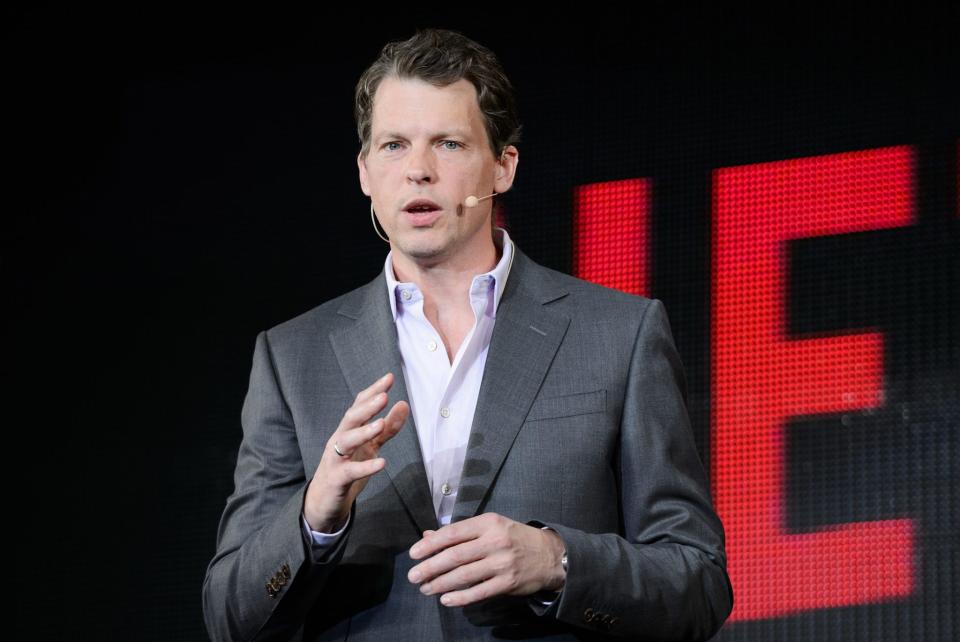COOs solidify their dominance as best path to the corner office, leapfrogging finance chiefs

The path to the corner office can be a long and winding road, but increasingly, its penultimate stop is that of the chief operating officer.
Long a job that readies ambitious executives to become CEOs, the COO function last year padded its lead as the most favored stepping-stone job thanks to an ever-more complex business environment that made operational chops and hands-on experience in other functions the top qualifications for new chief execs.
Last year, Netflix’s Greg Peters and Honeywell’s Vimal Kapur were among the COOs to ascend to the CEO job. Several other appointments suggest the COO-to-CEO trend will continue this year: Former Costco COO Ron Vachris was promoted in November to CEO, effective January 2024, while Keurig Dr Pepper’s Tim Cofer was named COO as part of a succession that will see him become CEO in the second quarter of 2024.
In 2023, some 57% of newly named CEOs in the S&P 1500 held COO or president titles immediately before, compared with 44% the previous year. Another 24% of new chiefs were CEOs of a company division, according to a Spencer Stuart report released Thursday.
The COO-to-CEO pipeline gain last year came at the expense of finance chiefs, who nabbed just 5% of new S&P 1500 CEO roles, down from 15% in 2022.
That change stems from a number of factors. Beyond their operational skills, COOs often have experience in other parts of the business as part of a yearslong preparation for the CEO job. Often, the COO title serves a similar function to that of the president, meaning many COOs have already been chosen to become the next CEO and are given a few years to show they are up to the task, says Jason Baumgarten, head of Spencer Stuart’s global CEO and boards practice. Such a practice also suggests that more boards are planning for succession.
As for the deprioritization of CFOs as corner office successors, that’s a result of fewer companies facing the risk of immediate financial distress during and in the two years after the pandemic started. To be sure, many other crises and financial drama soon followed COVID-19. But those tended to call more for operations chops, such as the recent supply-chain chaos, making CEO candidates with that kind of experience all the more desirable. “In periods of great financial instability, particularly in capital-intensive businesses, you see boards gravitate toward CFOs. Once things calm down, they tend to focus on, ‘Well, how do we grow the business?’” says Baumgarten.
Older executives also found something to cheer about in the Spencer Stuart report: New S&P 1500 CEOs were, on average, 56.2 years old in 2023 or 1.4 years older than in the preceding year. The age increase is partly a result of boards’ reluctance to appoint new CEOs early in the pandemic and valuing experience during a highly tumultuous time.
All told, 136 companies in the S&P 1500 had a CEO change last year, down from 146 a year before. That list included Walgreens Boots Alliance, Disney, and Under Armour. In addition, more S&P 1500 companies looked outside internal pipelines to find their new CEO last year, doing so 32% of the time, compared with 28% in 2022.
This story was originally featured on Fortune.com

 Yahoo Finance
Yahoo Finance 